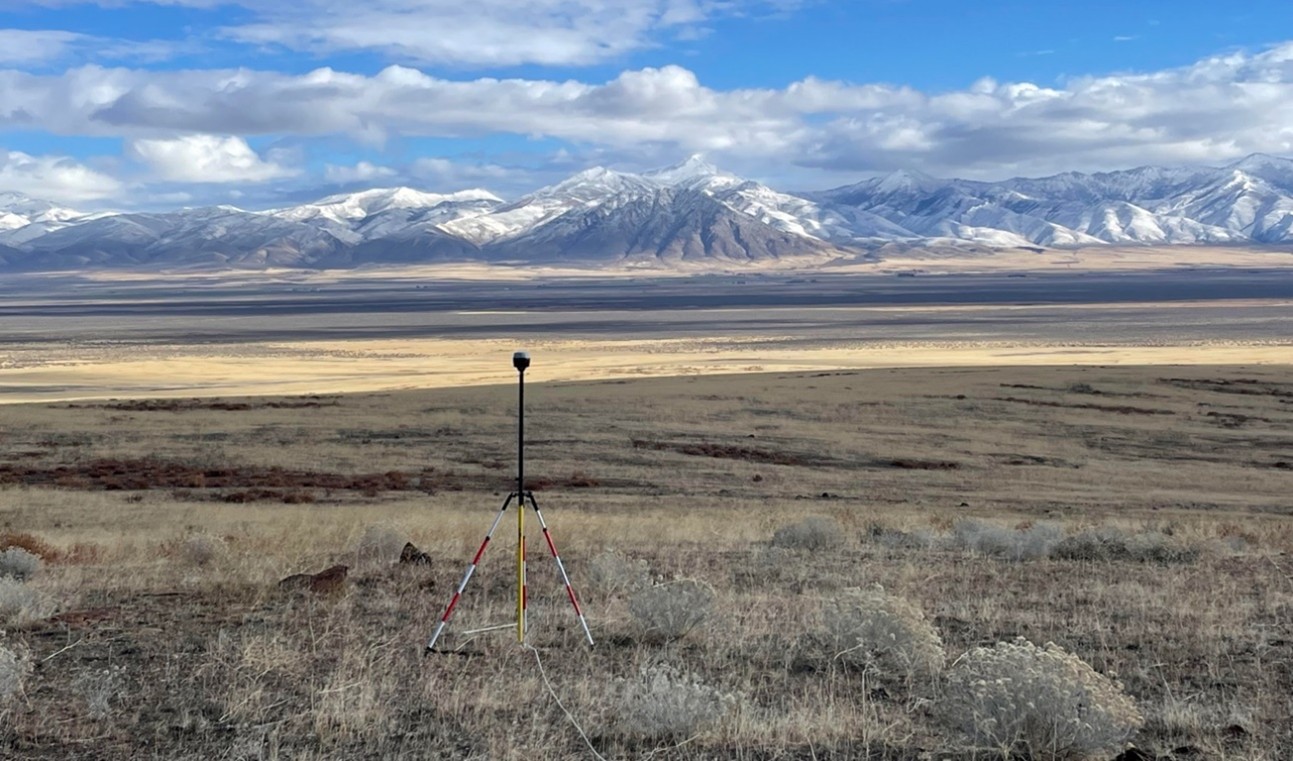Tracking lithium to remotely determine the style of volcanic eruption and constrain post-eruptive enrichment
2023 - Dr. Madison Myers

It has recently been argued that one of the largest Li deposits in the world resides within the rhyolitic deposits of the McDermitt caldera, Nevada. The Li is thought to be sourced from the magmas that formed the caldera. Due to the high demand for Li in the sustainable energy transition, it is critical to distinguish the processes that control Li mobility and concentration at depth from those that occur at the surface. Here we seek to evaluate the extent to which imaging spectroscopy can map Li distribution within this caldera center and then, using lab experiments, test whether we can recreate the processes that led to Li’s natural distribution. In addition, we are investigating how Li and other chemical elements move from bedrock to the soil where they have the chance of being taken up by plants. Learning more about these fundamental processes will help us gain a better understanding in how far geological units can be mapped with remote sensing across landscapes covered by soil and vegetation layers. By connecting Li spectra to specific processes, we are positioned to assist with future Li exploration and provide spectral identifiers for explosive volcanism that can be applied to all rocky bodies in the solar system, including Earth. As finding tools to decipher how volcanic eruptions and their hazards evolve over time is one of the primary missions of the volcanology community, highlighted in the National Academies of Science (2017) and the NASA CORE Reports (2016), this project has the potential to remotely detect unique processes associated with volcanic systems, providing a novel method for distinguishing styles of volcanic eruptions through their spectral signatures.
